If your plants are wilting, growing poorly, or dying, you might be making some of these 19 mistakes. Some plants are more sensitive to water, soil nutrients, and sunlight than others, so it’s important to understand the needs of each of your plants.
Ignoring Plant Spacing Requirements
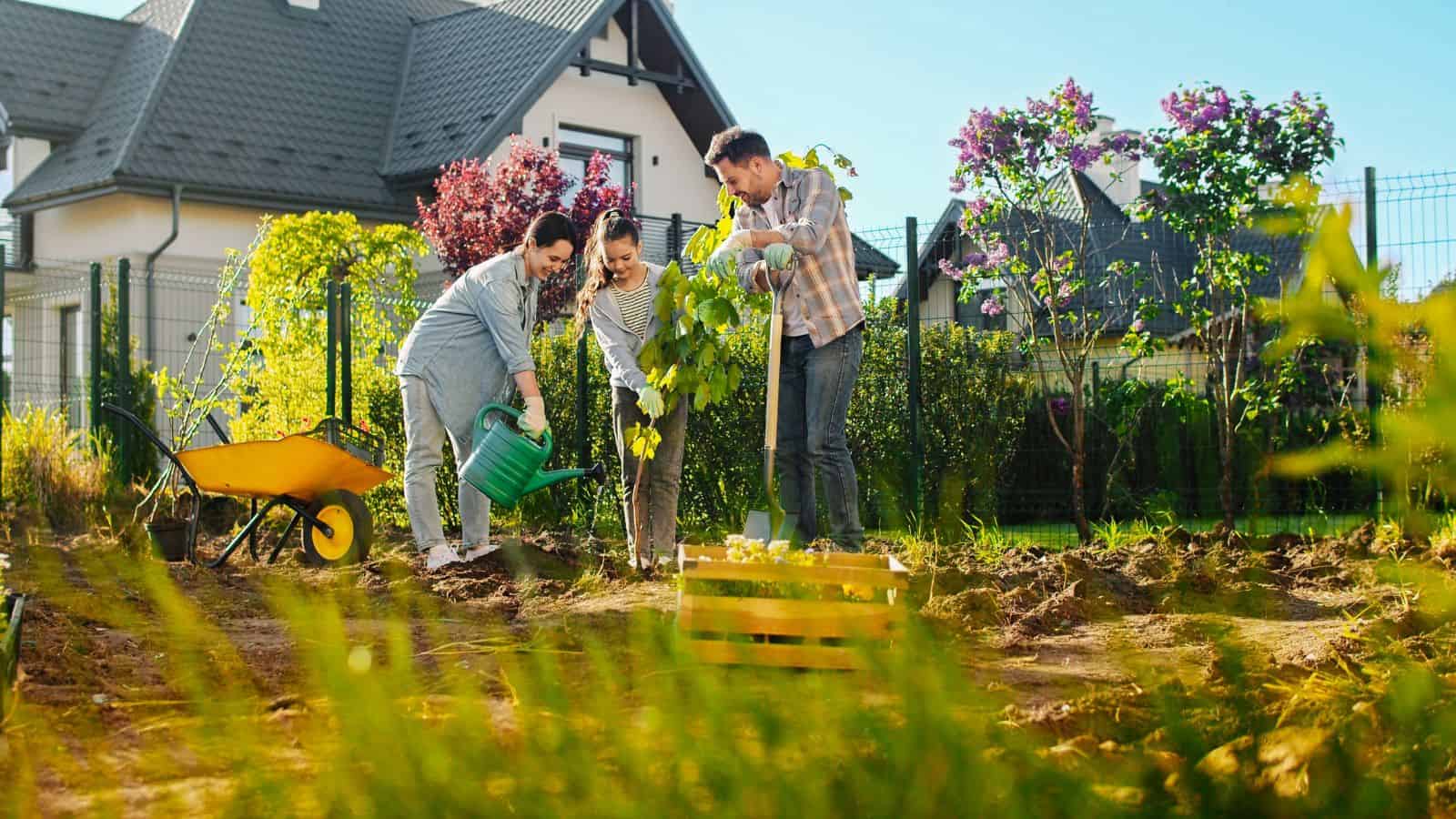
Overcrowding your plant pots or small patches of soil restricts the space the individual plants have to grow. This causes the plants to compete for light, water, and essential nutrients, which can lead to stunted growth and even death.
Overwatering Your Plants
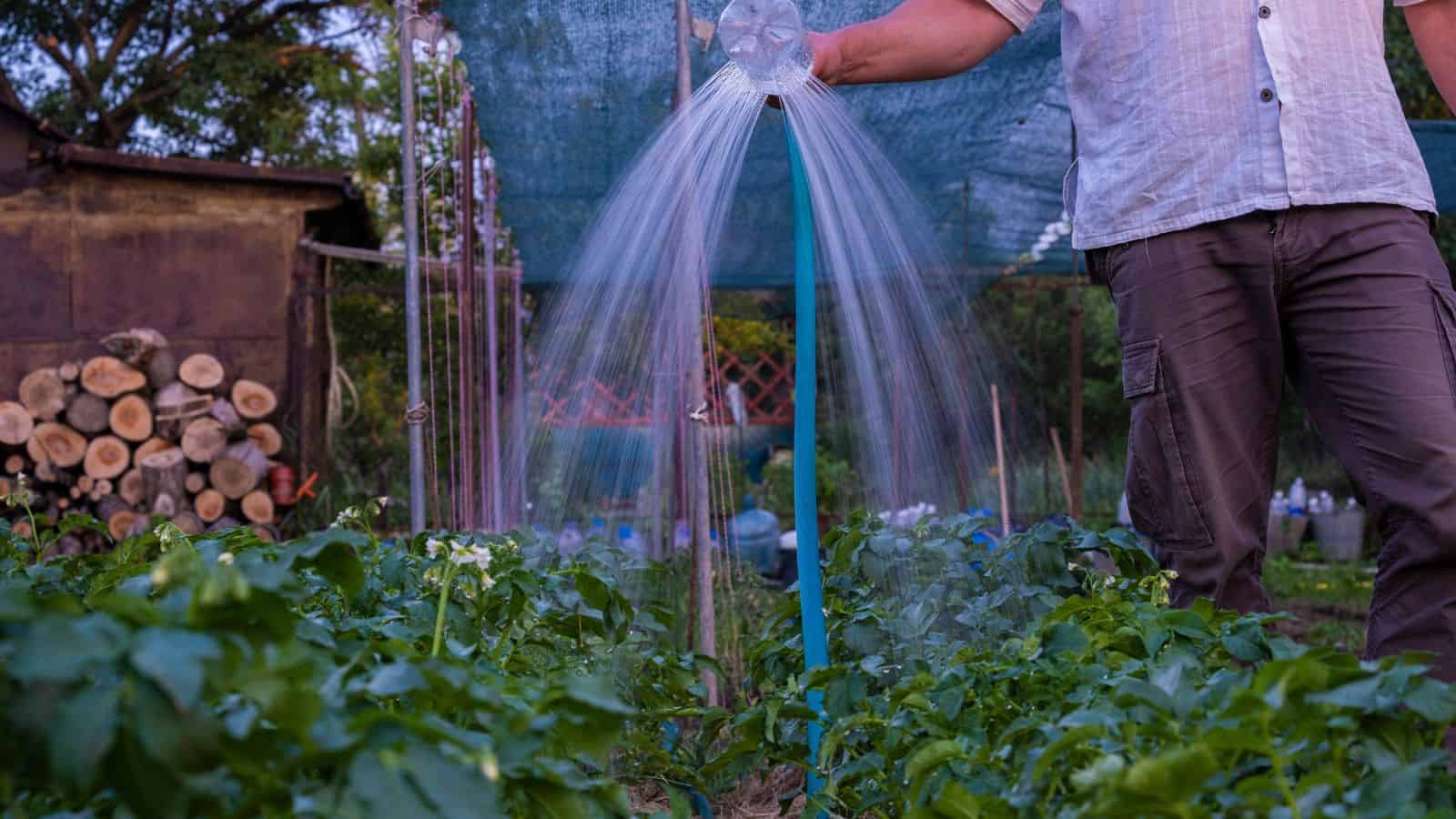
Overwatering is a common gardening mistake that causes soil to become waterlogged, preventing roots from absorbing the oxygen they need and killing them. The Missouri Botanical Garden explains that “stunted, slow growth with yellowing leaves is a symptom of over-watering,” and “spots and blisters (Oedema) may appear on stems and leaves.”
Neglecting to Prune
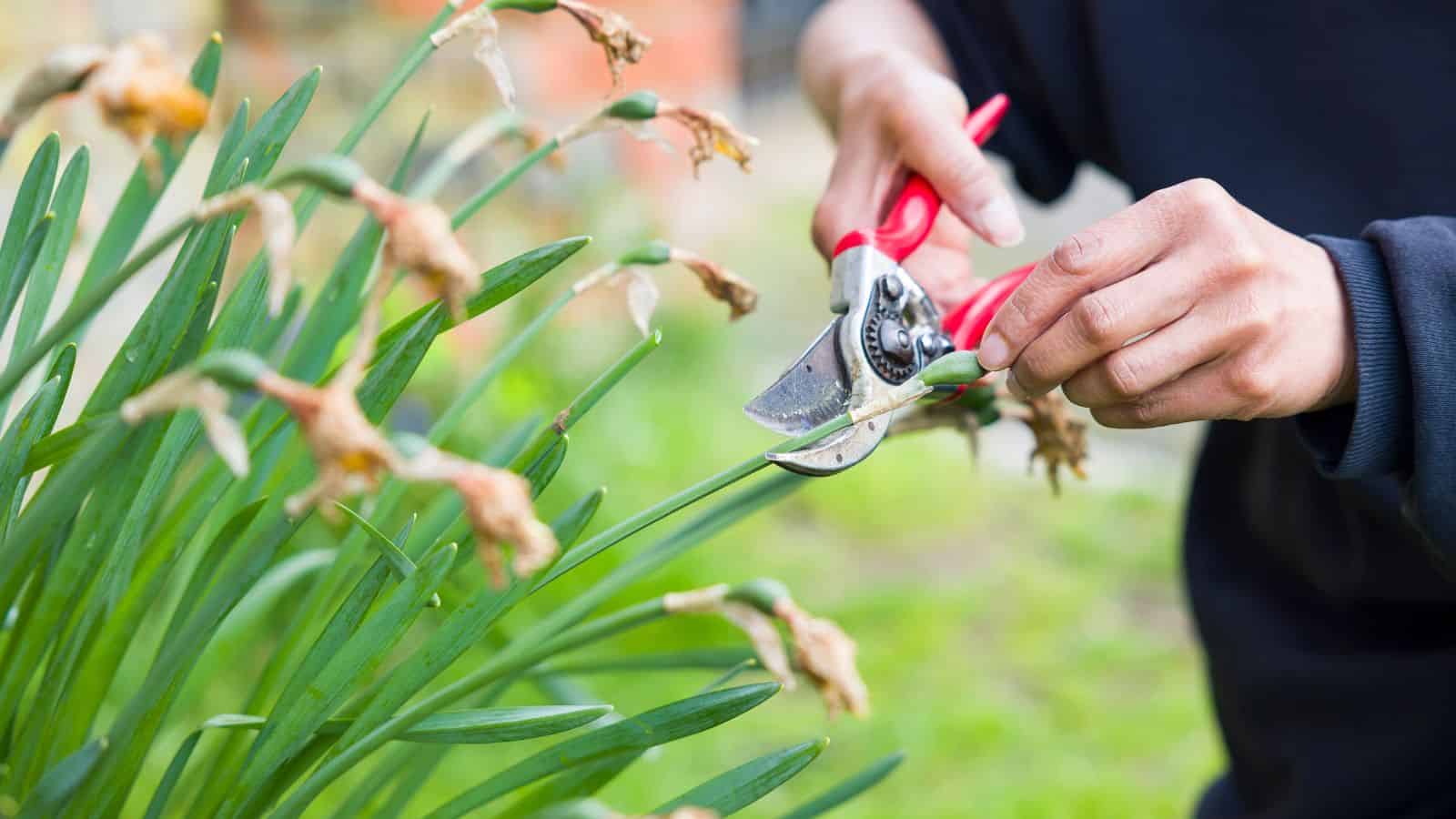
Removing a plant’s dead, diseased, and injured parts is vital for its health. Pruning also helps the plant develop new buds and stops dying branches from taking nutrients from healthier parts of the plant.
Planting at the Wrong Time
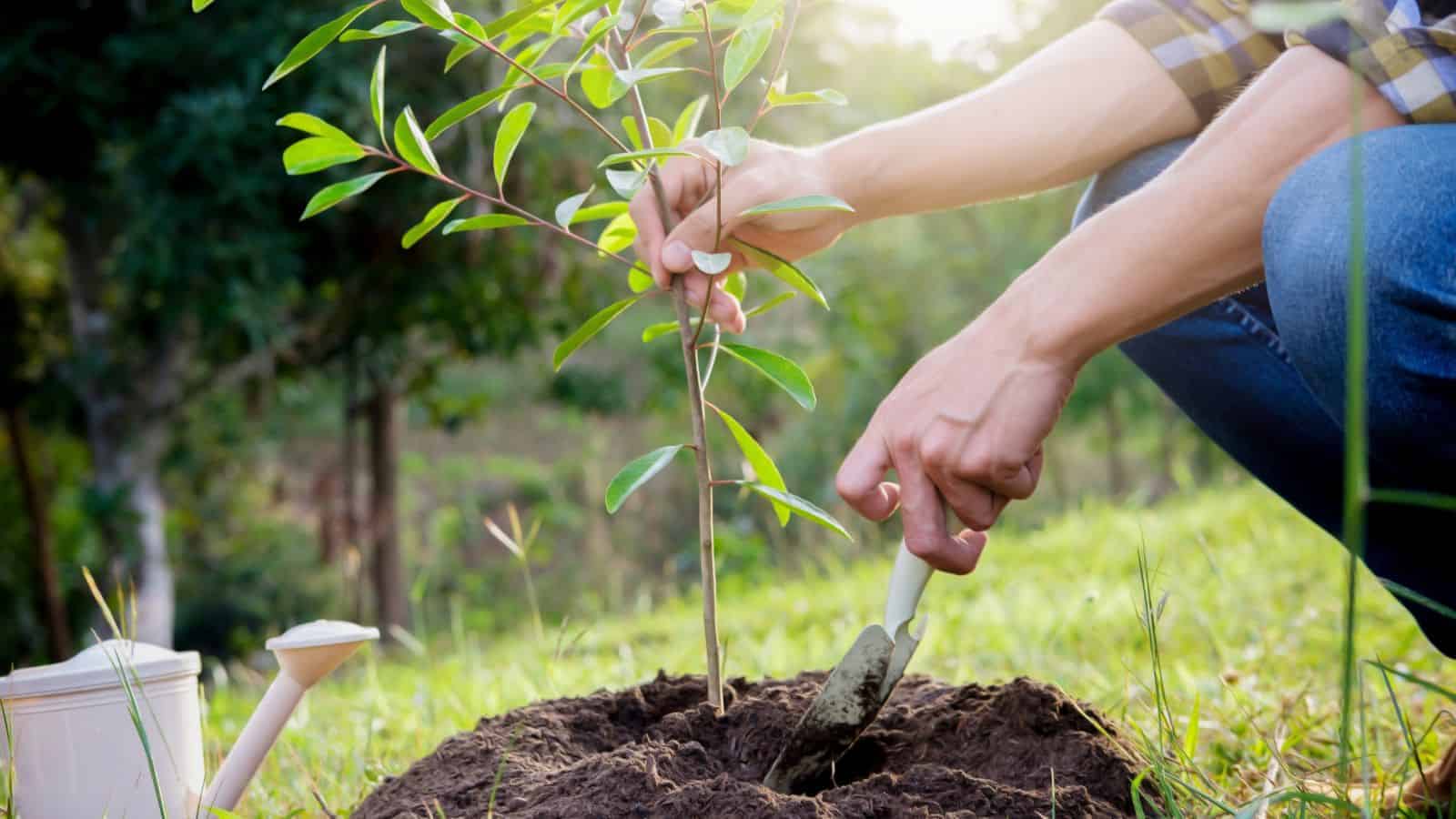
Many plants are sensitive to cold weather and frost, so planting them in winter could prevent them from surviving or even sprouting. Plants that prefer colder weather may struggle if planted during hot summer months.
Failing to Mulch Properly
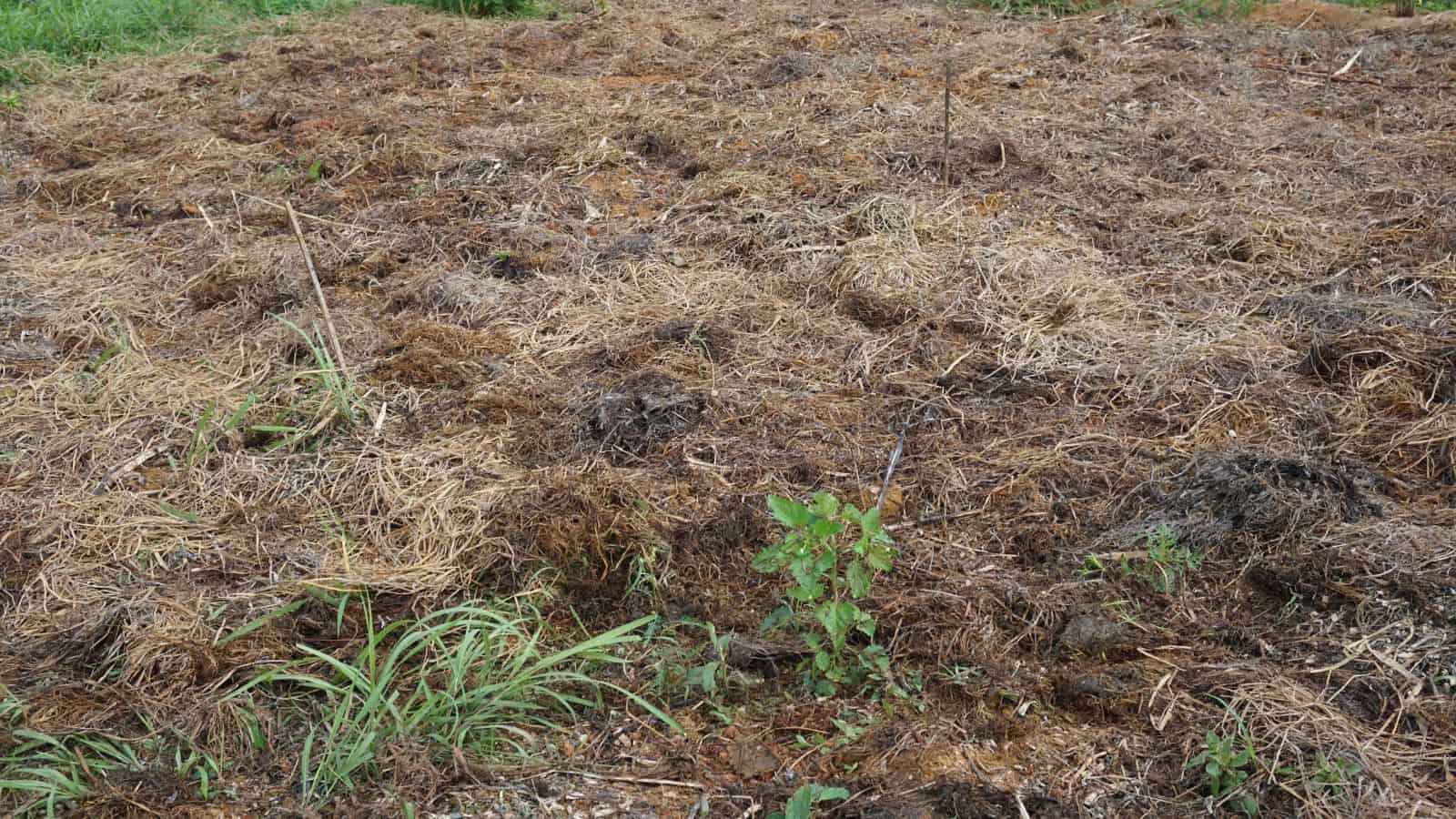
Mulch is a thick layer of organic material applied to the soil’s surface to reduce weed growth, conserve moisture, and improve soil fertility. Applying mulch over two inches thick can be difficult for plants to grow through, so use a rake to thin it out gently.
Not Considering Sunlight Requirements
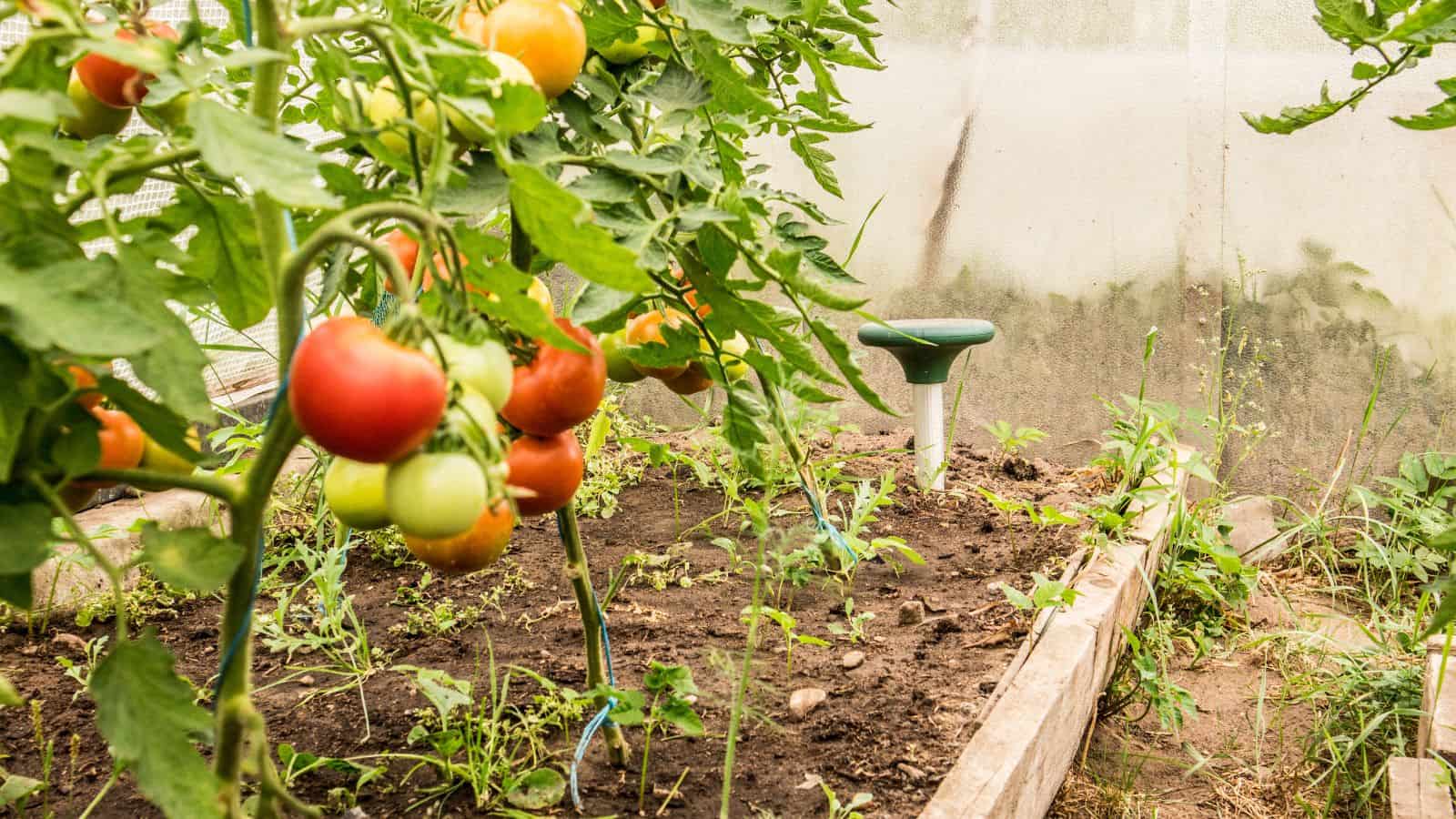
Plants have different sunlight requirements. Southern Living Plant Collection explains that “plant labels identify the amount of sun a plant requires as full sun, part sun, part shade or full shade.” Six hours of sun per day means full sun; part sun means between three and six hours; part shade signifies three to six hours with protection from the midday sun; and full shade means fewer than three hours a day.
Ignoring Pest and Disease Control
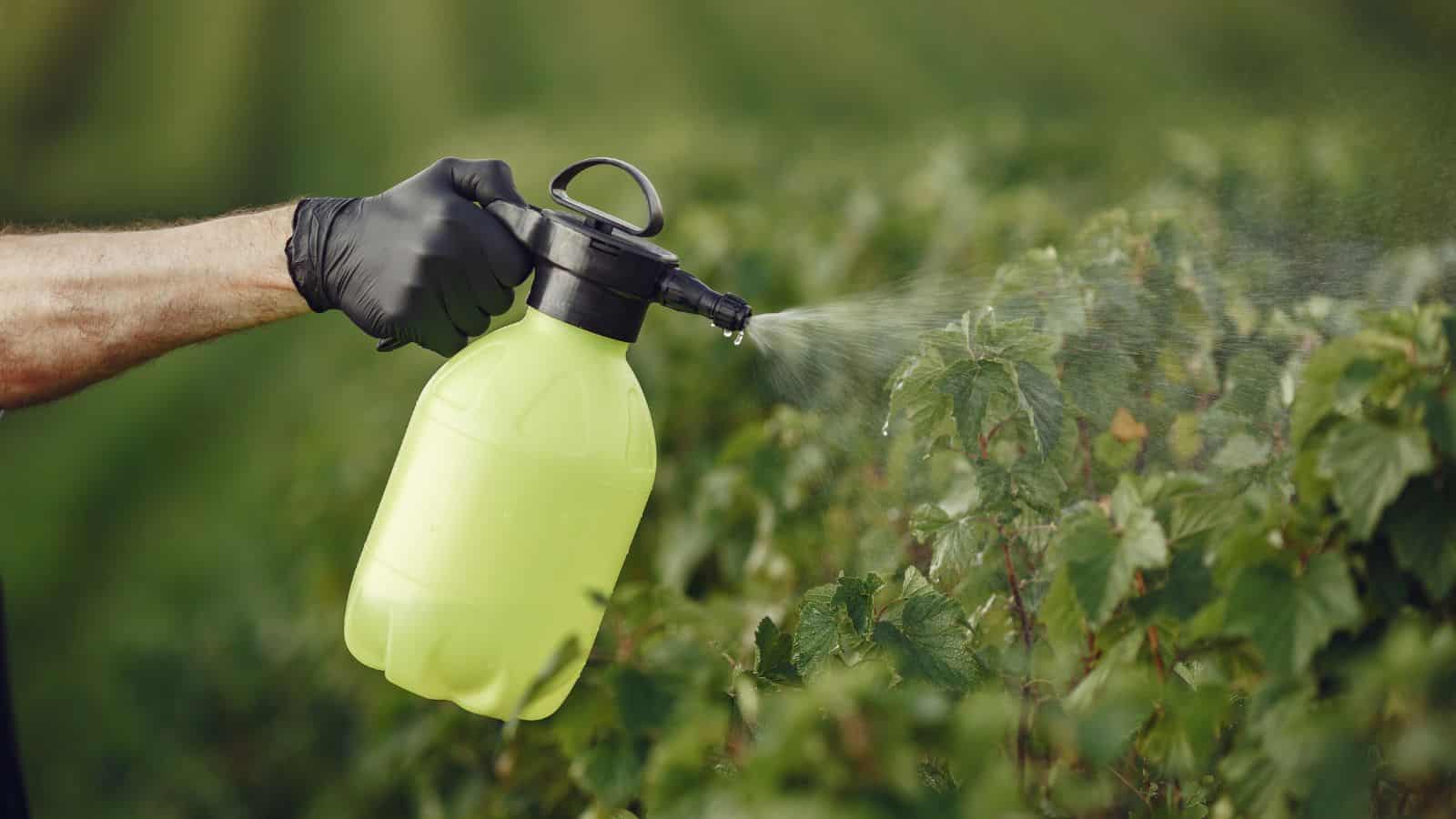
Plant pests, including mealybugs, slugs, and snails, eat plant stalks, flowers, and leaves. If left unchecked, these can kill a plant, so it’s important to research organic and chemical pest control methods that won’t harm other plants or wildlife in your garden.
Improper Transplanting Techniques
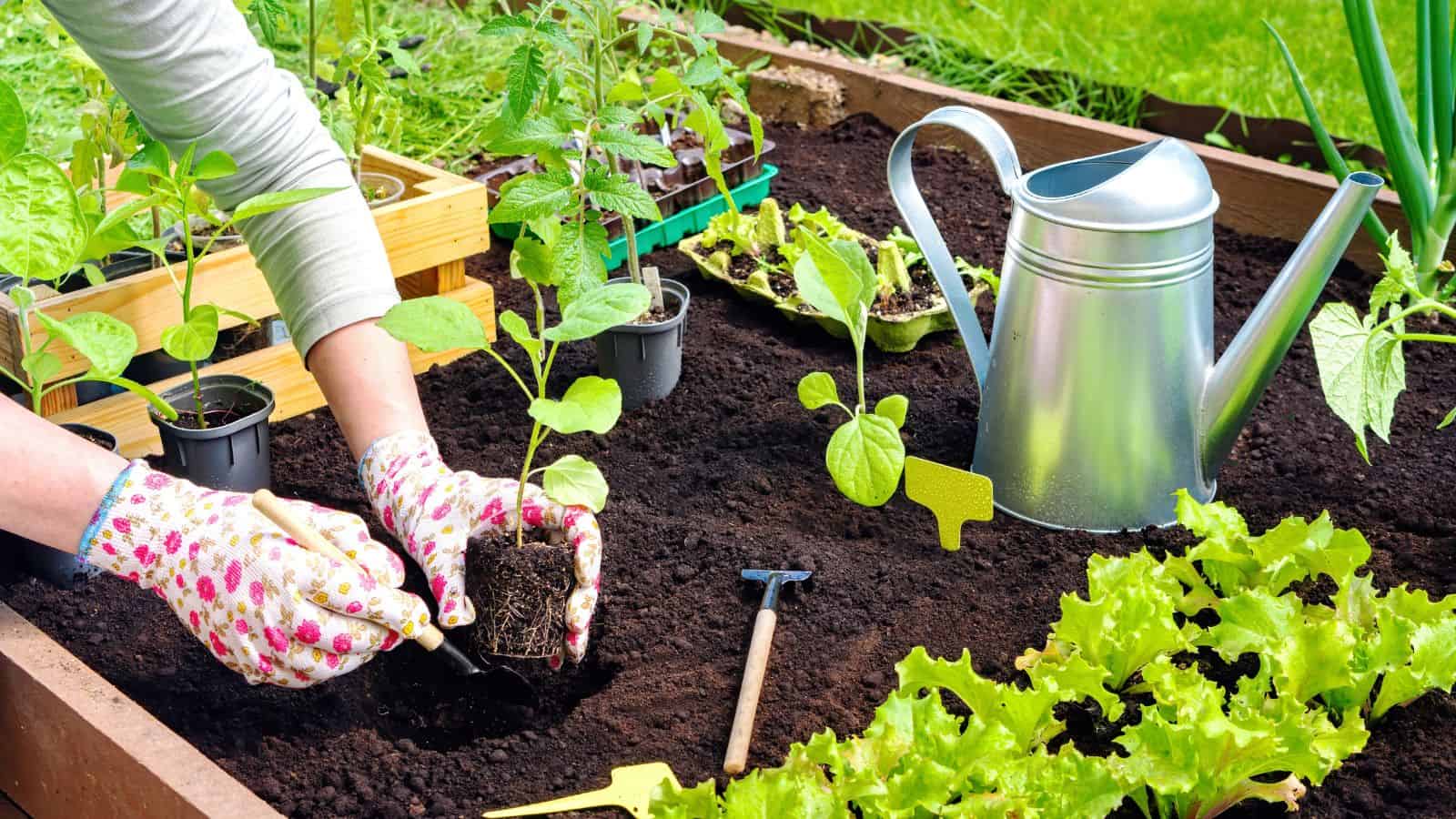
Transplanting seedlings and mature plants can give them a better chance of healthy growth. Plant roots can outgrow a pot over time, so transplanting them to a larger pot and filling it with a couple of inches of potting soil can give them a new lease on life.
Not Rotating Crops
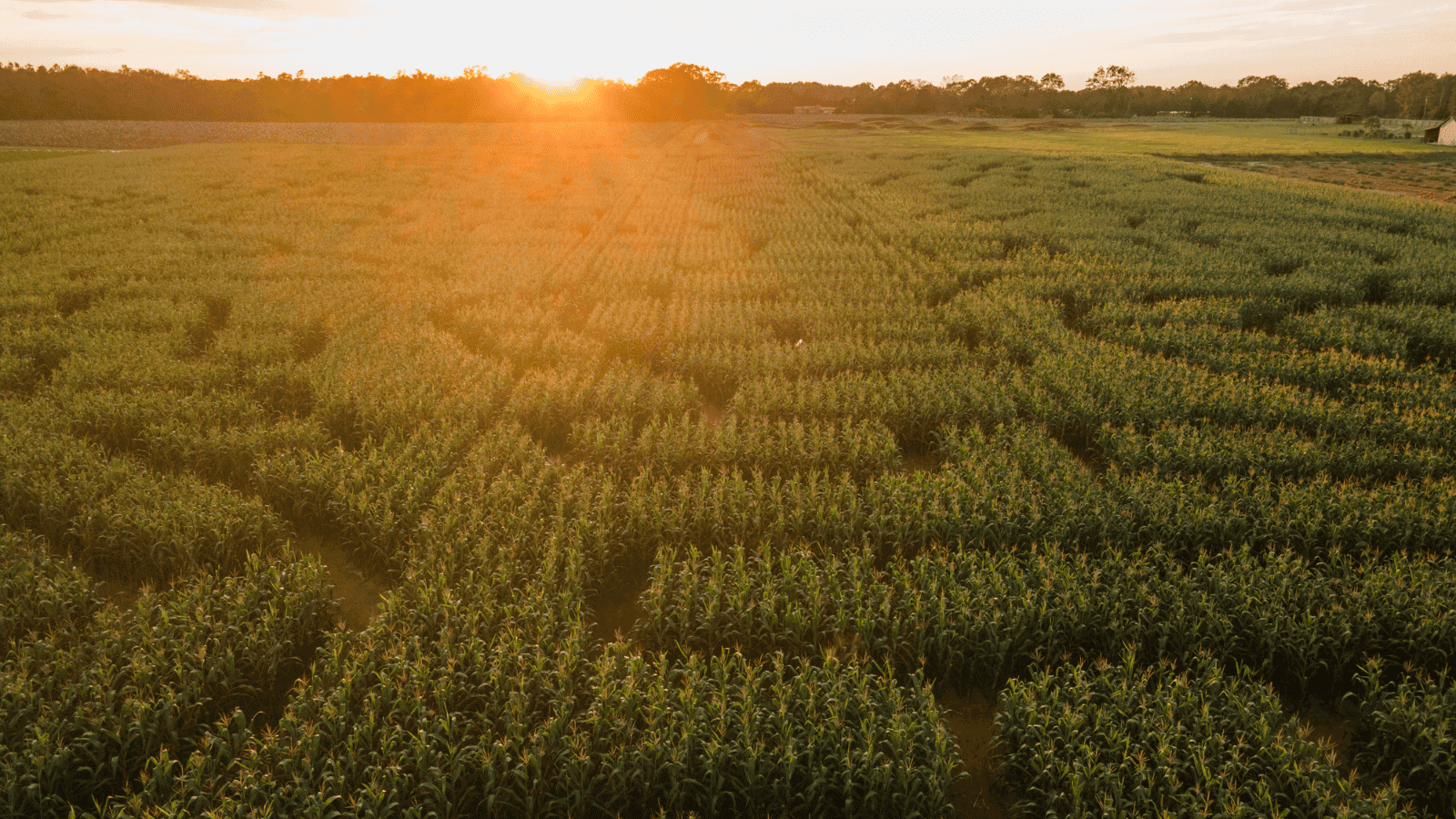
Crop rotation will allow you to grow specific vegetables on different parts of your vegetable plot, reducing build-ups of crop-specific pests and organizing groups of crops according to their cultivation needs. Divide your vegetable garden into equally sized sections for brassicas, roots, legumes, and other plants, then rotate them yearly.
Underwatering Your Plants
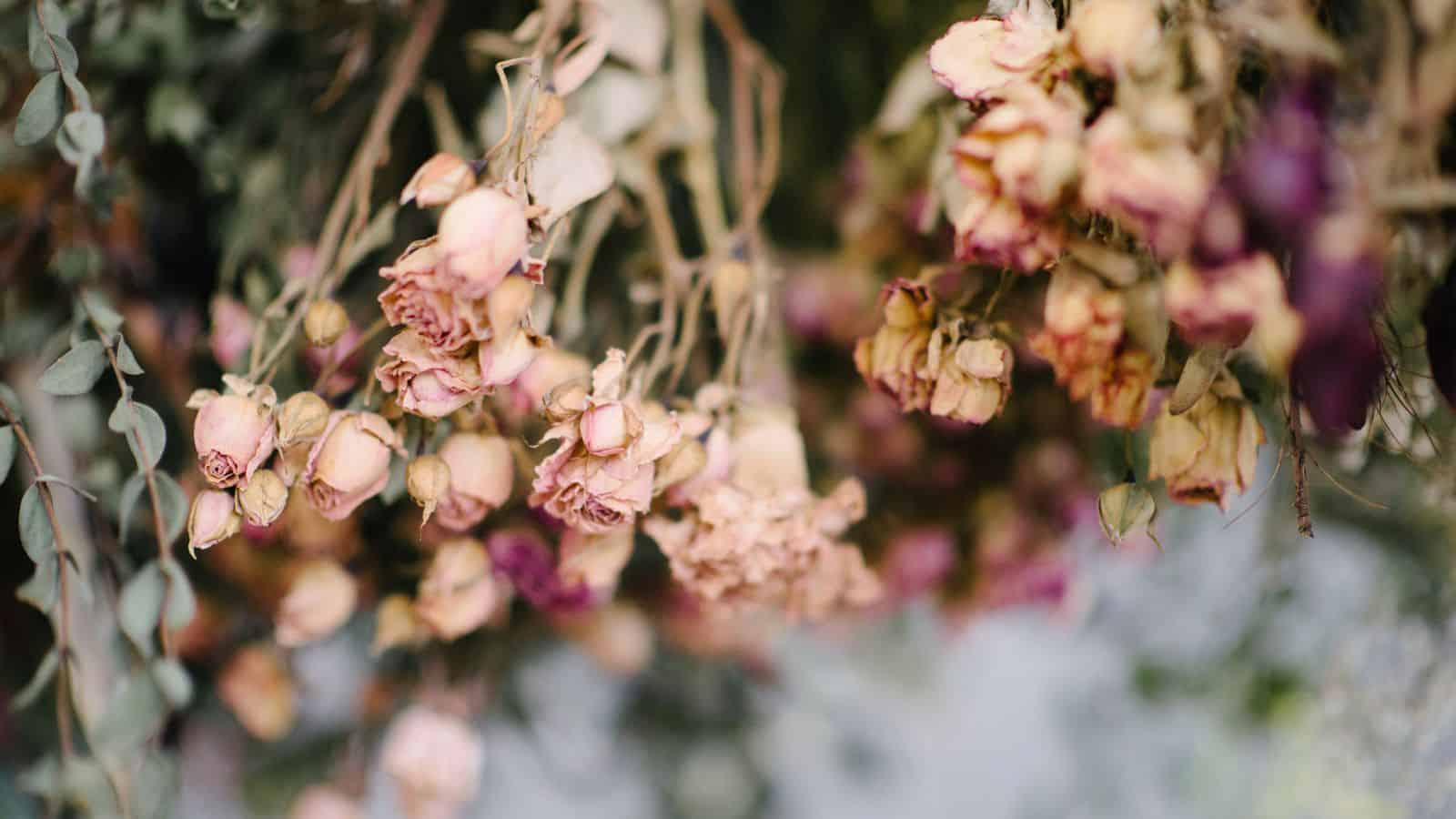
Underwatering plants, especially thirsty plants like impatiens, begonias, and poinsettias, is an easy mistake. Bloomscape notes that symptoms of underwatered plants include “drooping leaves that perk back up after watering, browning or curling leaves, [and] leaves that feel paper-thin and crispy.”
Planting Invasive Species
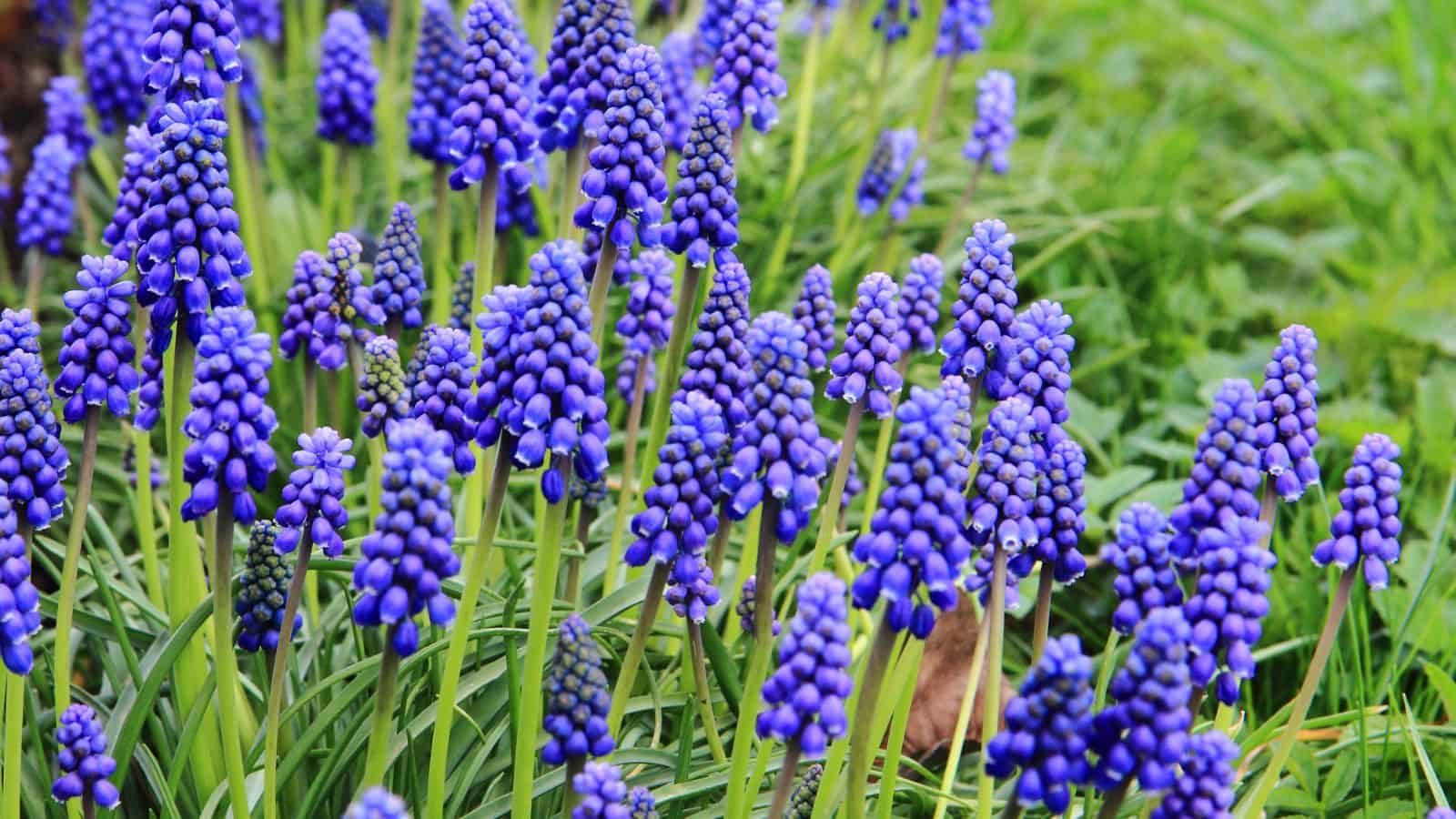
Some invasive plants can have attractive flowers and stalks, but they’re best avoided. They can outcompete and smother your plants, preventing them from getting the essential sunlight and nutrients they require and reducing the diversity of plant life in your garden.
Neglecting Soil Preparation
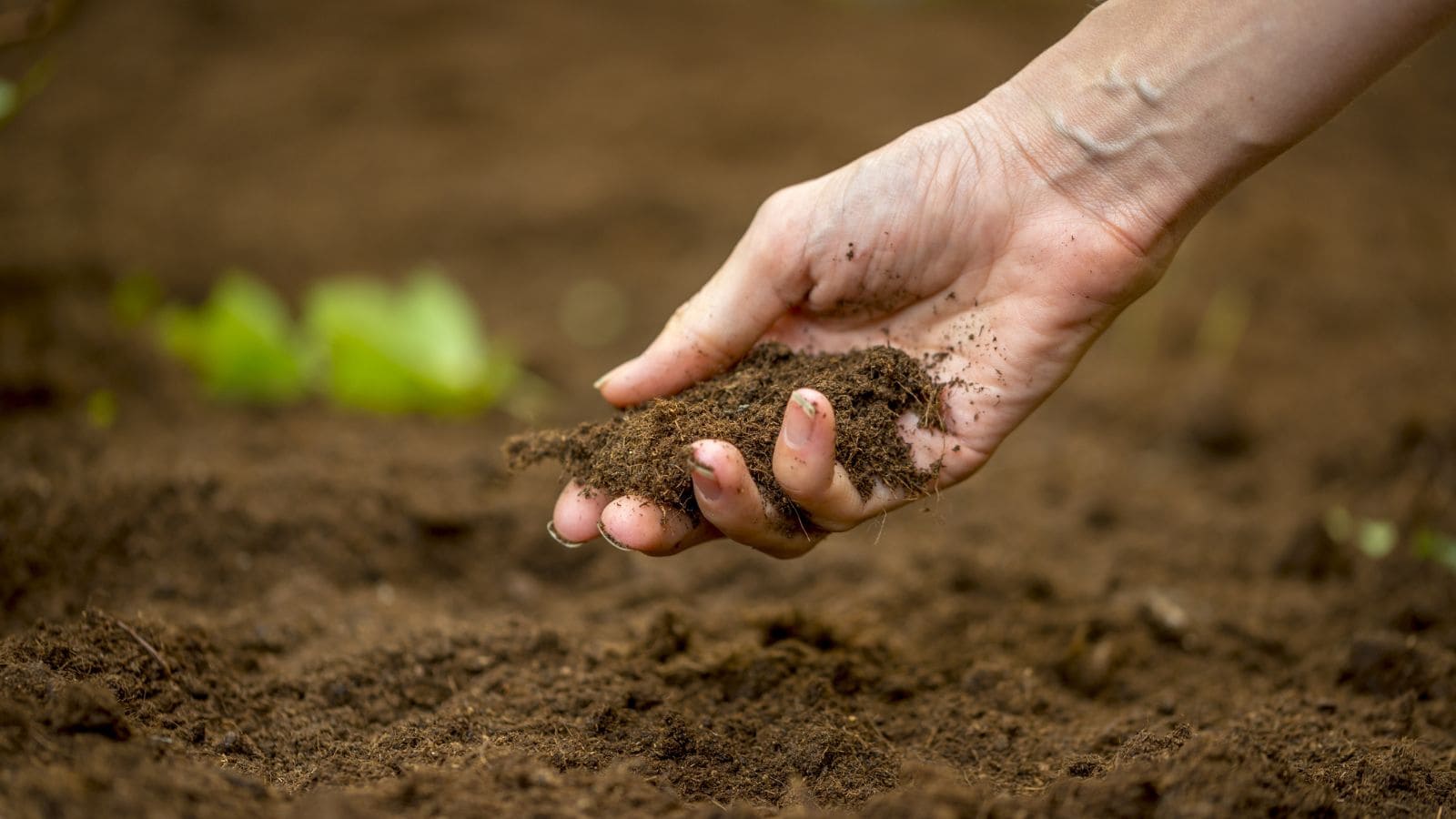
Soil preparation creates an adequate supply of nutrients and a soil structure that allows the plants to absorb the nutrients. Neglecting soil preparation can lead to plants lacking the nutrients they need for optimal growth.
Using Contaminated Tools
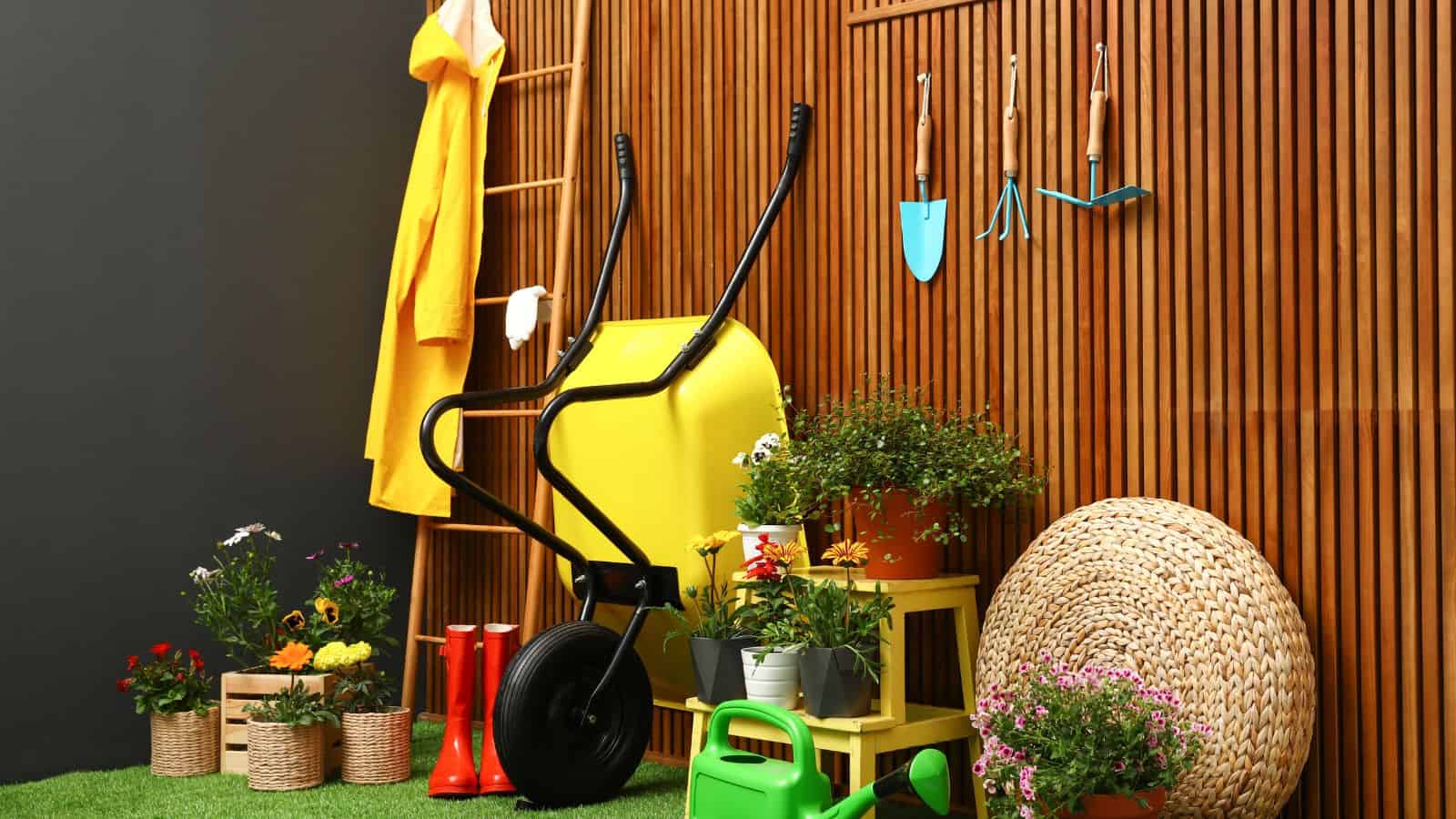
Contaminated garden tools can transfer diseases like blight and canker to your plants. Clean tools that have touched contaminated soil with disinfectants like Pine-Sol and Lysol. Leave the disinfectant on for 15 to 20 minutes before wiping it off.
Using the Wrong Fertilizer
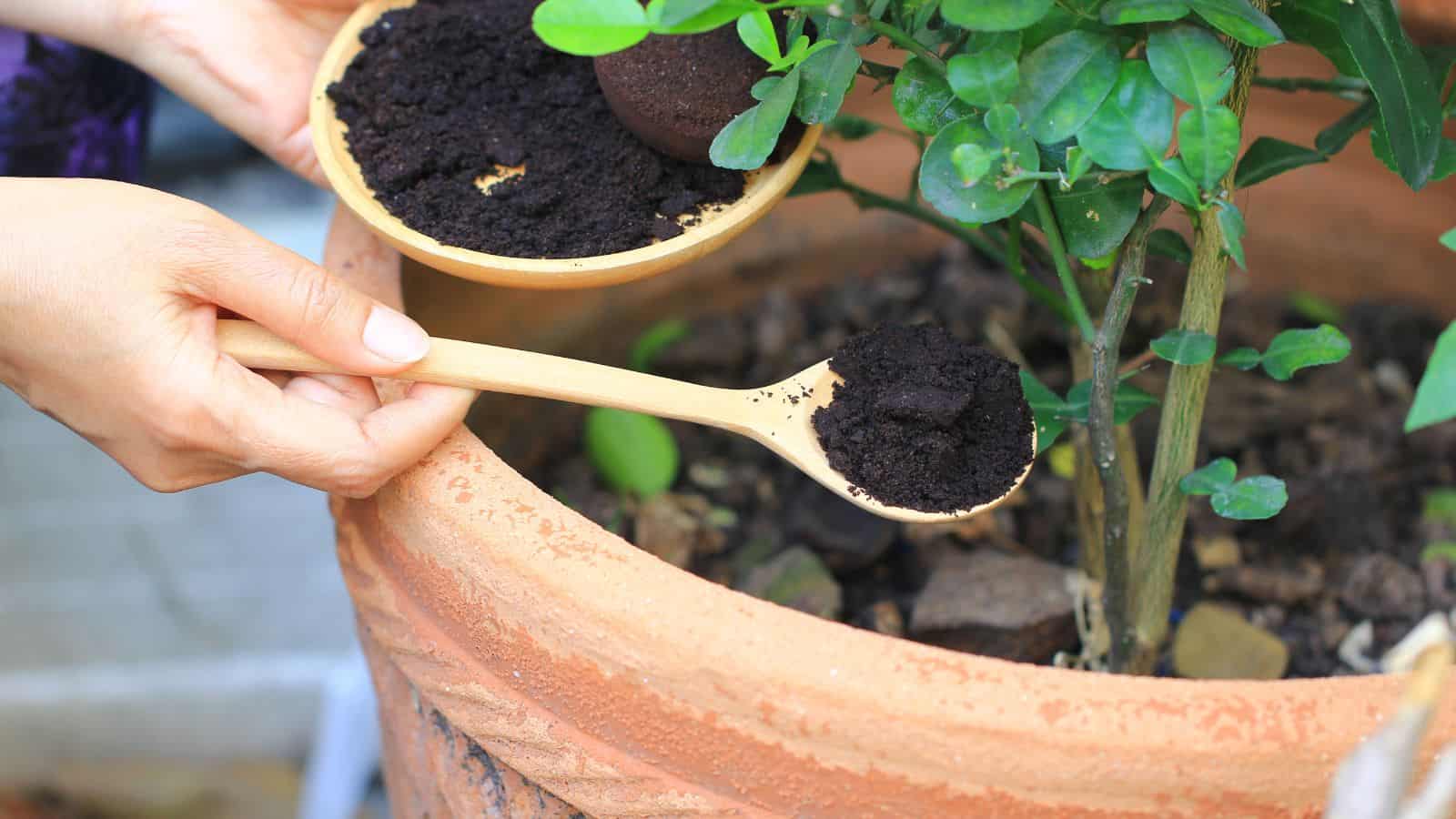
Fertilizers ensure that plants receive the nutrients they need for optimal growth and development. EOS Data Analytics explains that the two most common plant fertilizers are organic and inorganic, and argues that organic “is better for the soil and the ecosystem in the long run.” Using the wrong fertilizer can cause nutrient deficiencies, leading to discolored leaves and weak growth.
Overlooking Pollination Needs
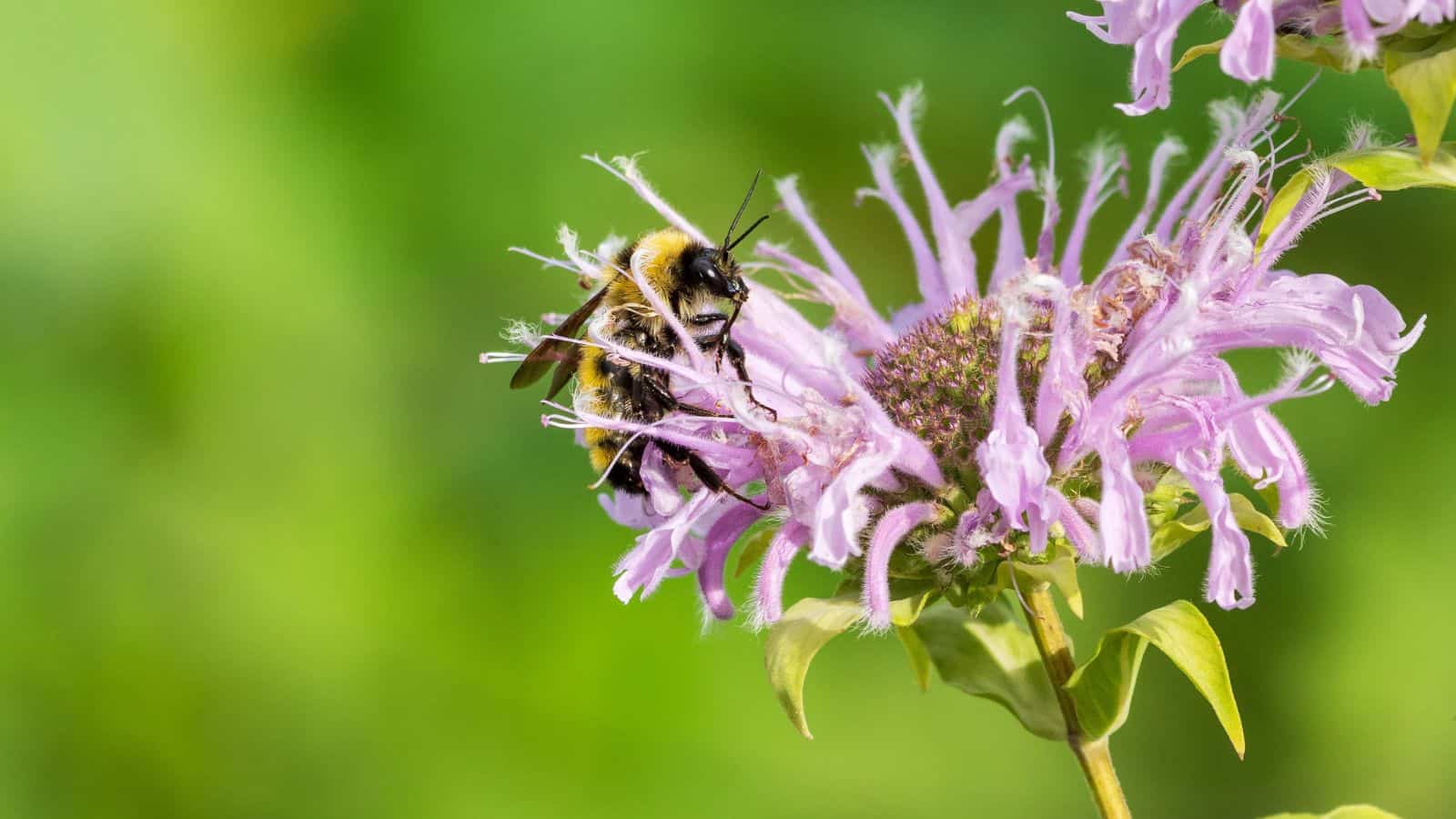
Pollination is essential for plant fertilization, successful seed development, and fruit production. Many plants can’t survive without it, so creating an environment that attracts birds, bees, and butterflies is important.
Not Adjusting for Seasonal Changes
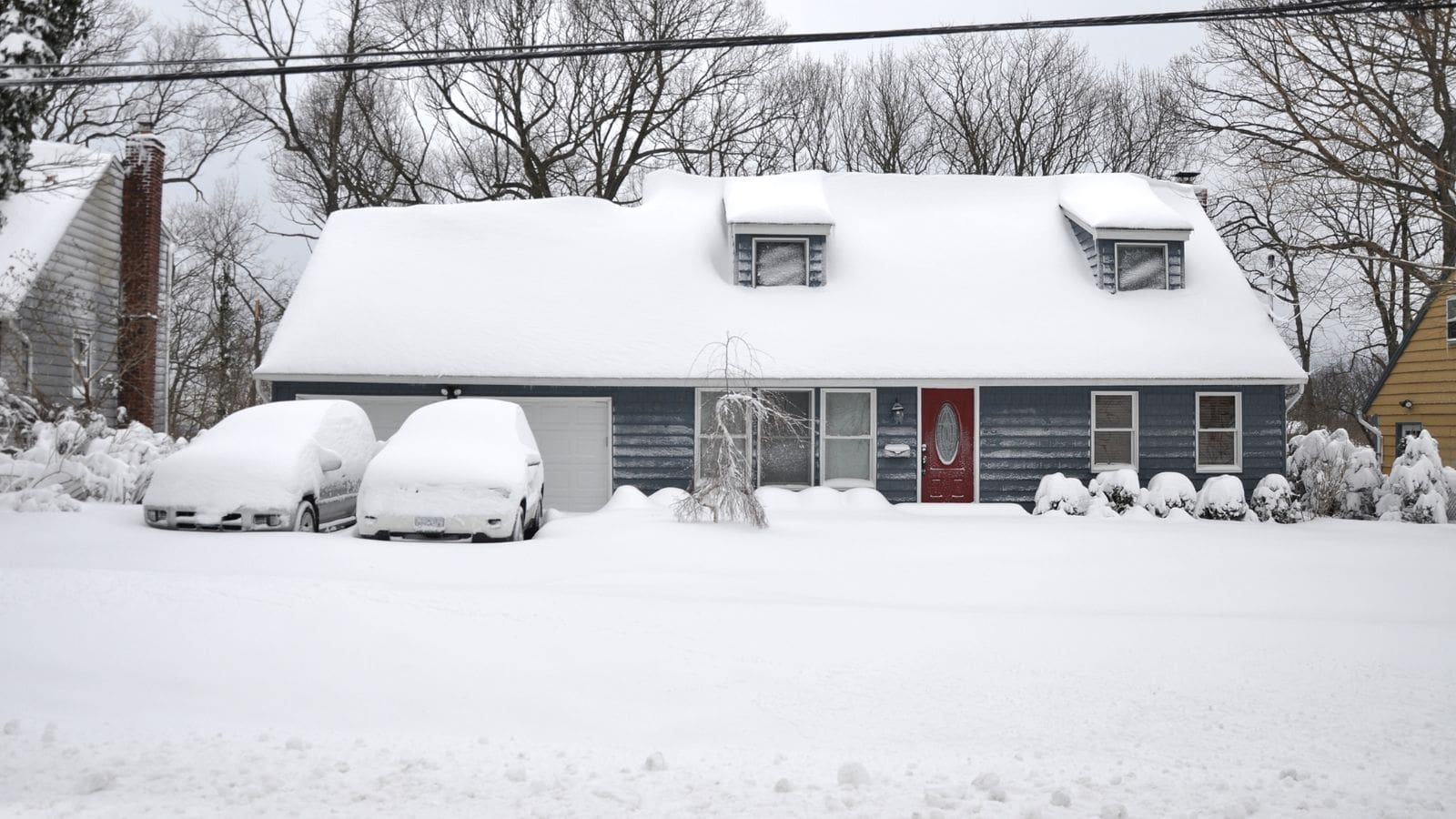
Depending on the time of the year, seasonal changes can bring more rain or snow or dryer, sunnier conditions. It’s essential to recognize which plants fare the best in these different conditions. Potted plants susceptible to colder temperatures and frost, for example, can be taken into your home at night.
Planting in Poor Soil
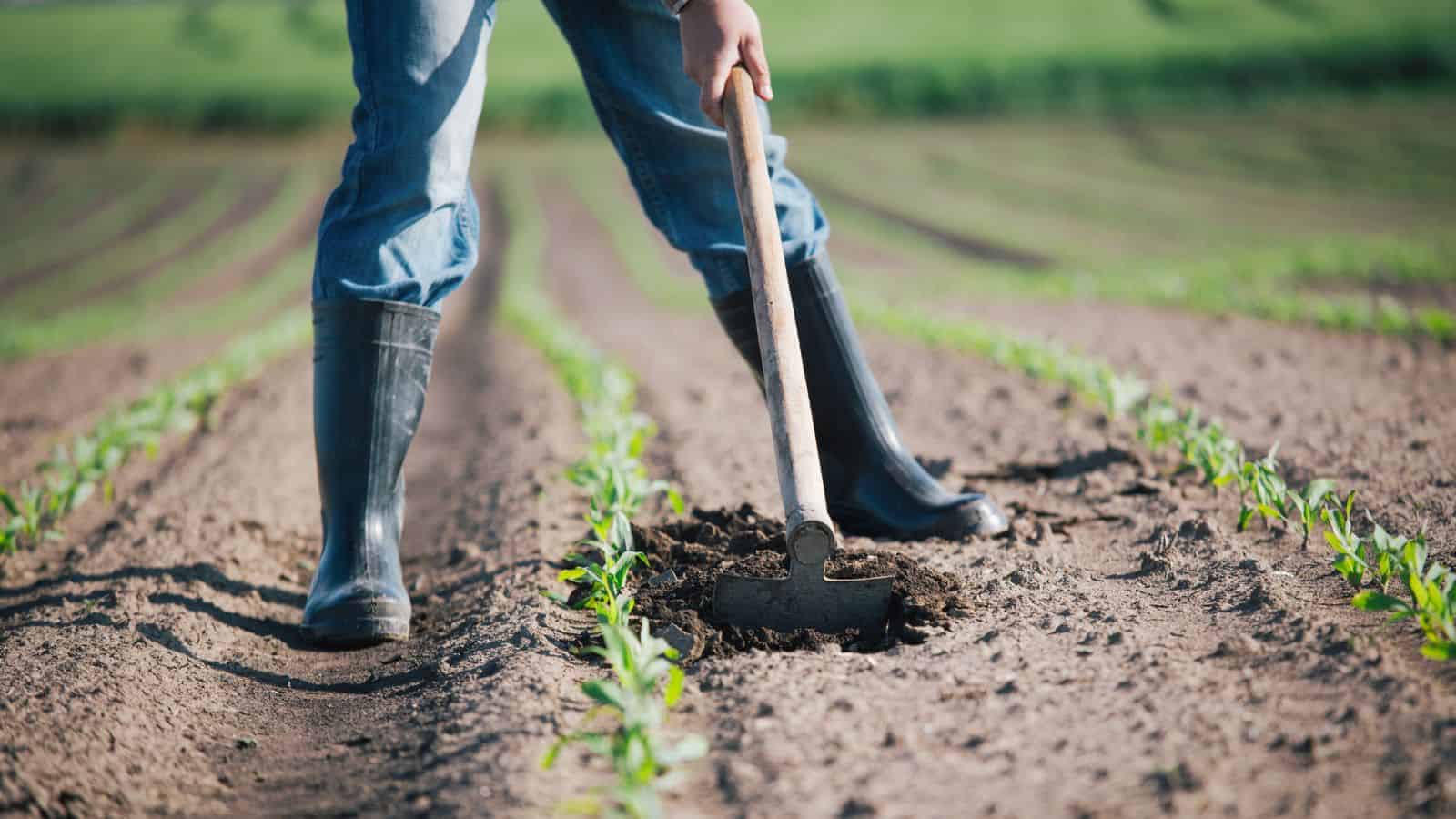
The appearance and health of plants are dependent on the health of the soil they’re planted in. Soil that is difficult to dig in may be compacted, and dry or chemically contaminated soil will result in poor plant growth. GardenersWorld explains that soil quality can be improved by digging, forking, and mulching. It notes that “compost helps drainage and aeration on heavy soils and conserves essential moisture on light ones.”
Failing to Identify Plant Stress Signals
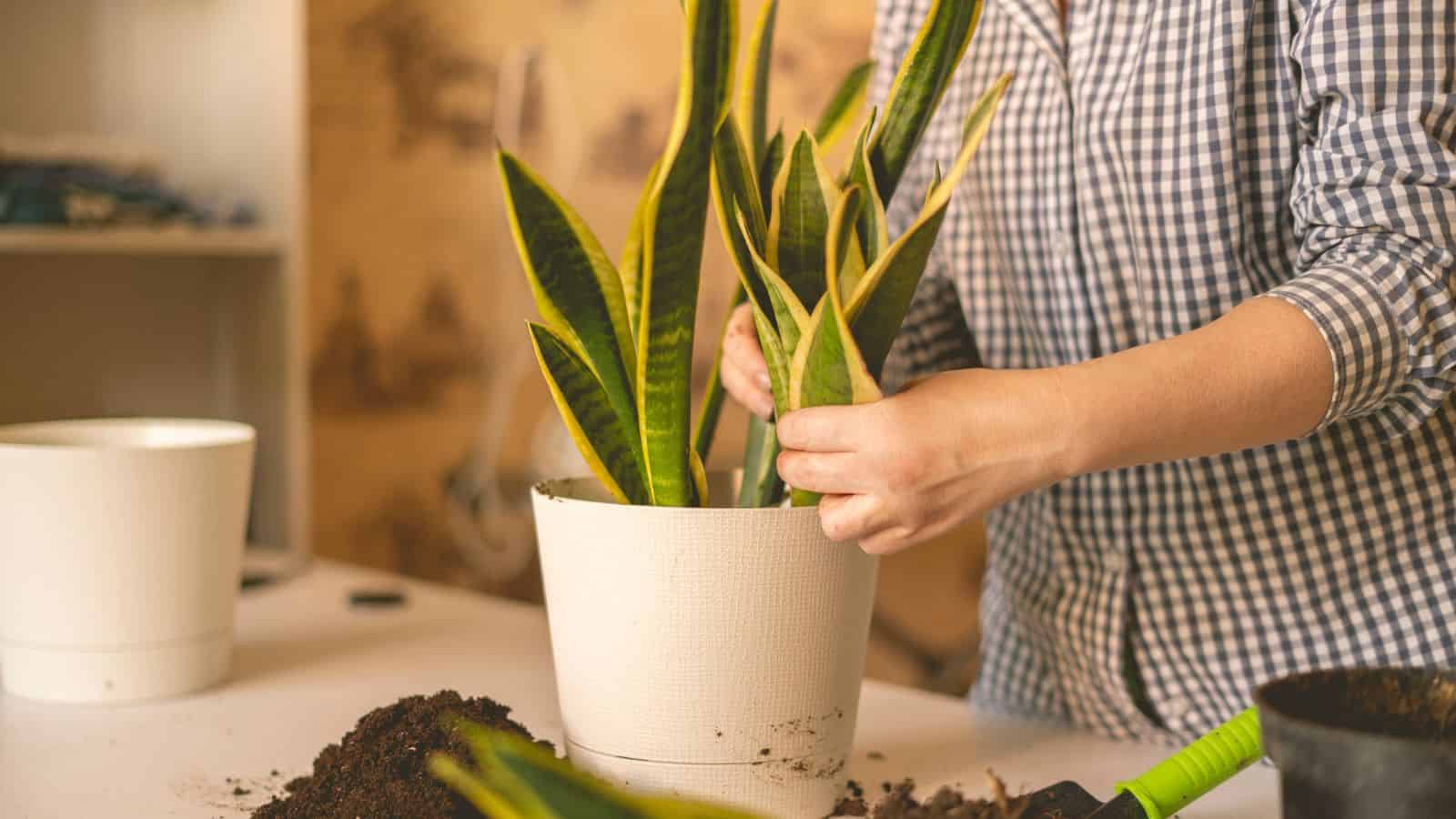
Common plant stress signals, whether due to over- or underwatering, pest infestation, or excess sun, can include wilting and discolored flowers and leaves. If your plant looks distressed, research the conditions it needs to thrive.
Overlooking the Importance of Plant Diversity
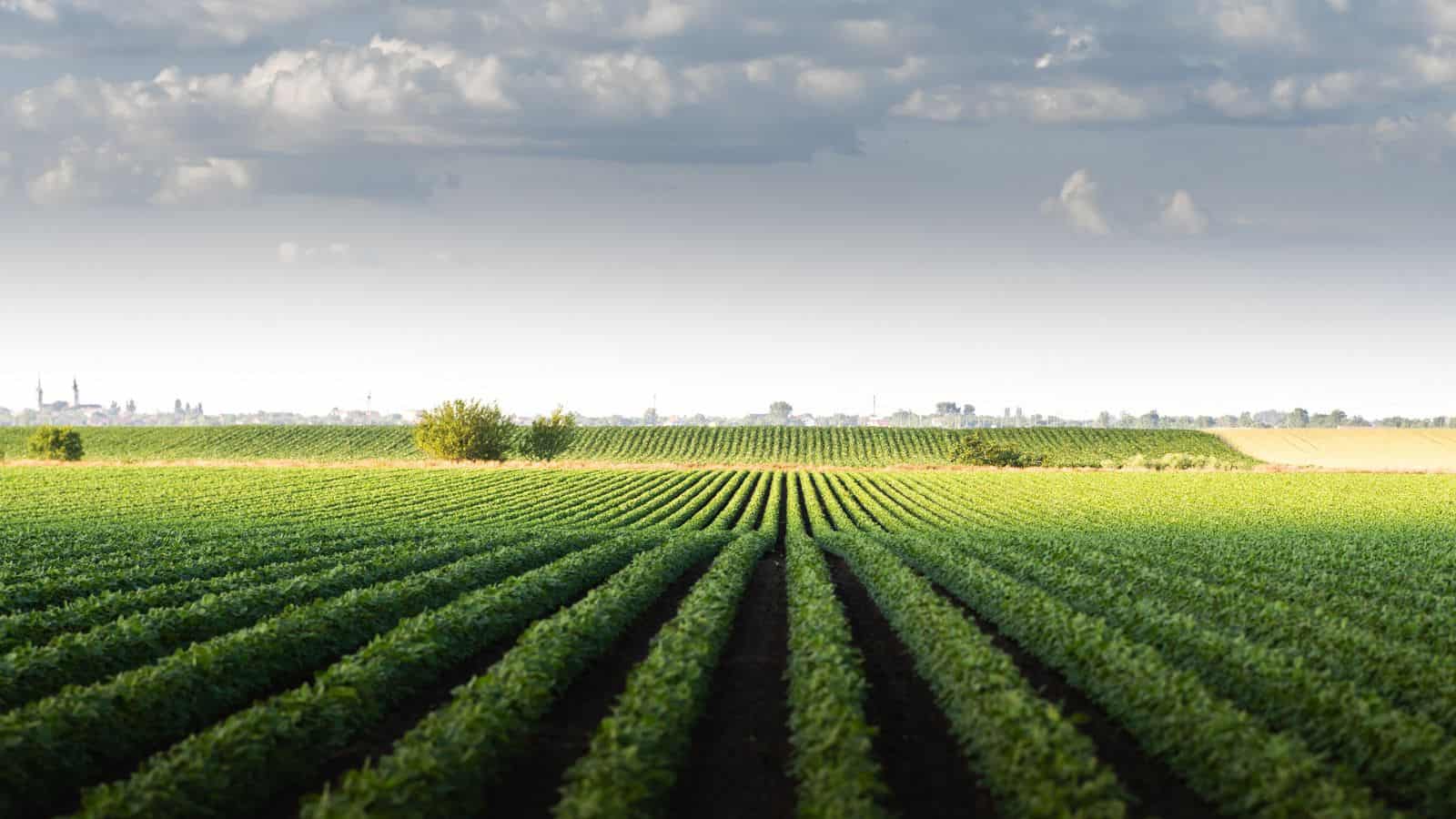
A diverse range of plants in your garden will improve the ecosystem’s health and resilience to disease and pests. It will also enhance its aesthetic appeal, especially if it has plants with complementary colors.
Up Next: 20 Things Your Boss Is Legally Forbidden to Ask of You

The workplace should be a professional environment free from discrimination and harassment. While employers have the authority to ask questions regarding legal work obligations, there are certain personal boundaries they cannot cross. Whether it’s an invasion of privacy or an unfair request, here are 20 examples of things your boss is legally prohibited from asking of you.
20 Things Your Boss Is Legally Forbidden to Ask of You
18 Things That Say You Are Middle-Class and Not Rich

The difference between the rich and middle class can be confusing, but the two couldn’t be further from each other in reality. In this article, we look at 18 signs that someone is middle class but not at all rich or wealthy.
18 Things That Say You Are Middle-Class and Not Rich
18 Most Dangerous Cities in the World (5 Are in America)
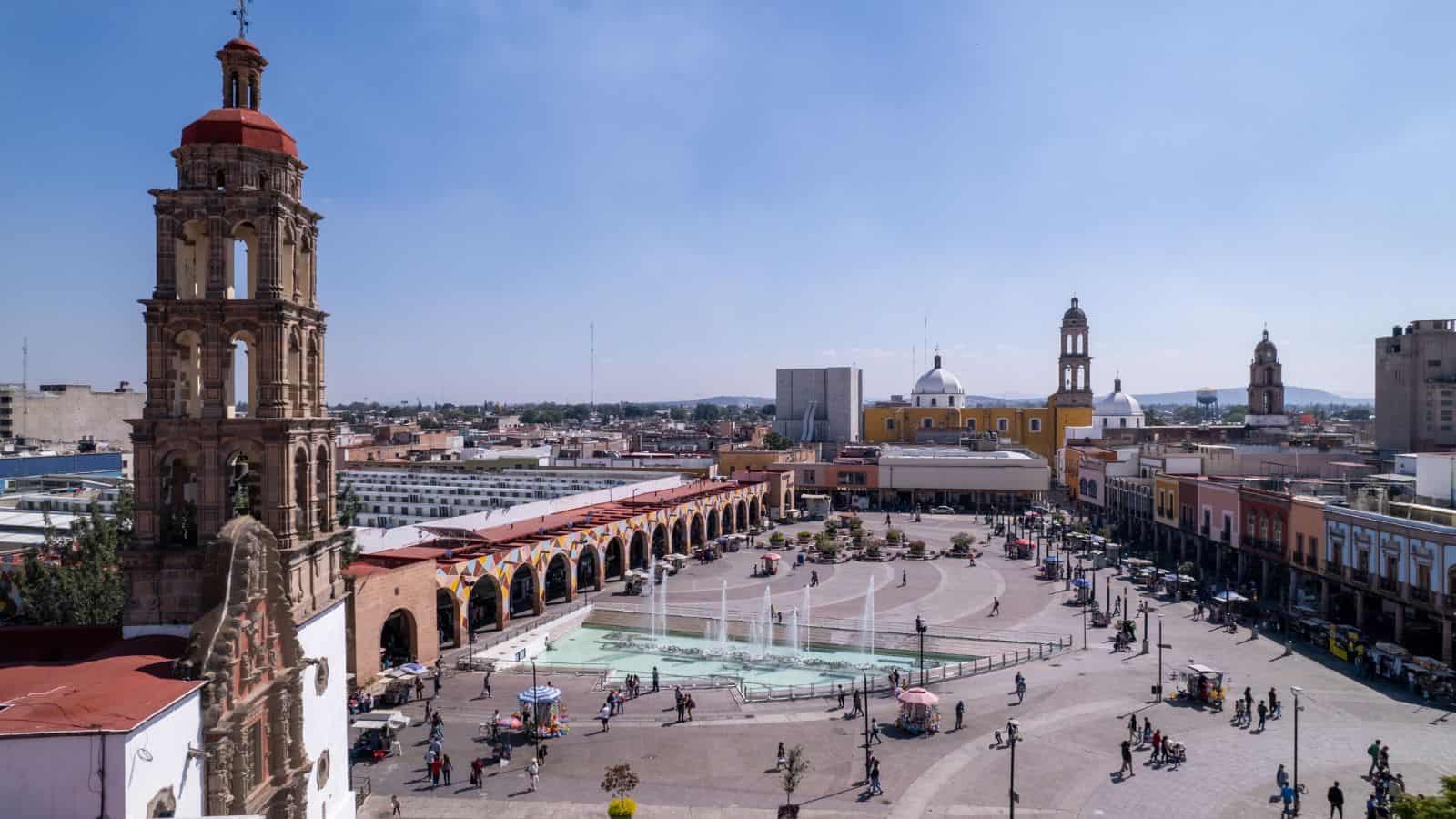
Across the globe, there are many places you don’t want to find yourself because of the crimes waiting to occur. Sometimes, even nature can be cruel to you. This is particularly the case in the following 18 most dangerous cities in the world, five of which are in America!
